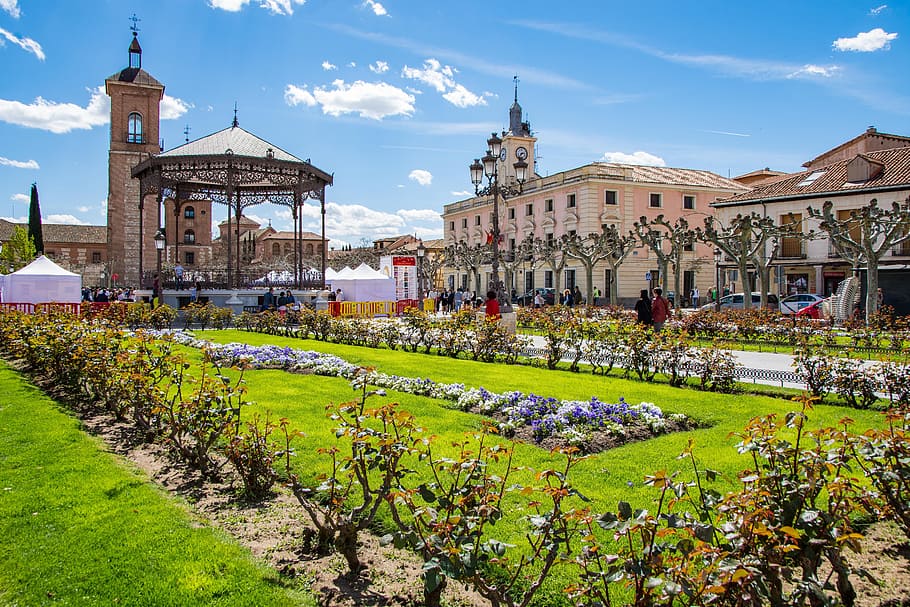
Alcala de Henares
Visit the guide
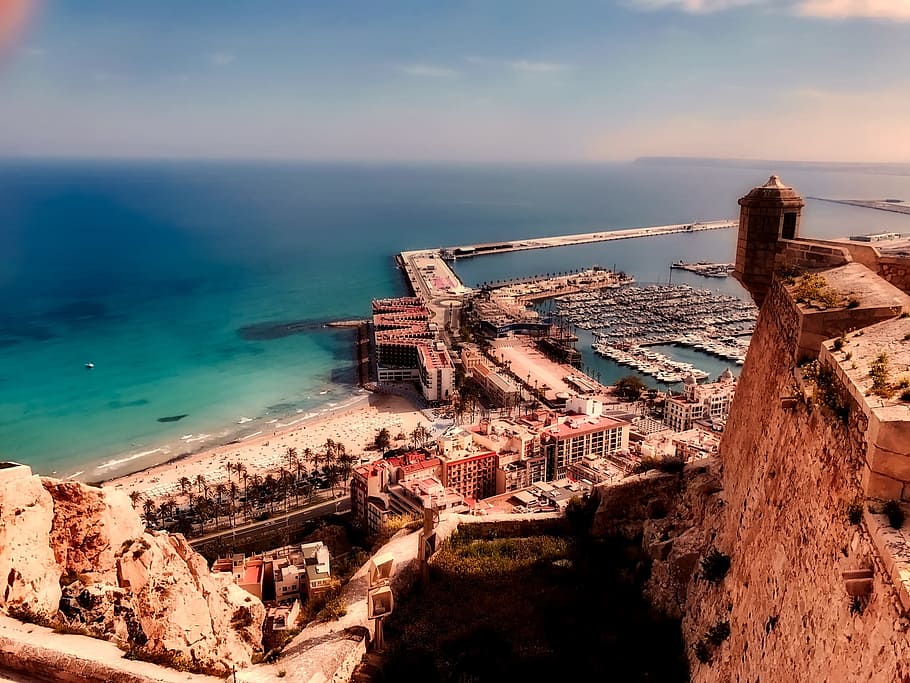
Alicante
Visit the guide
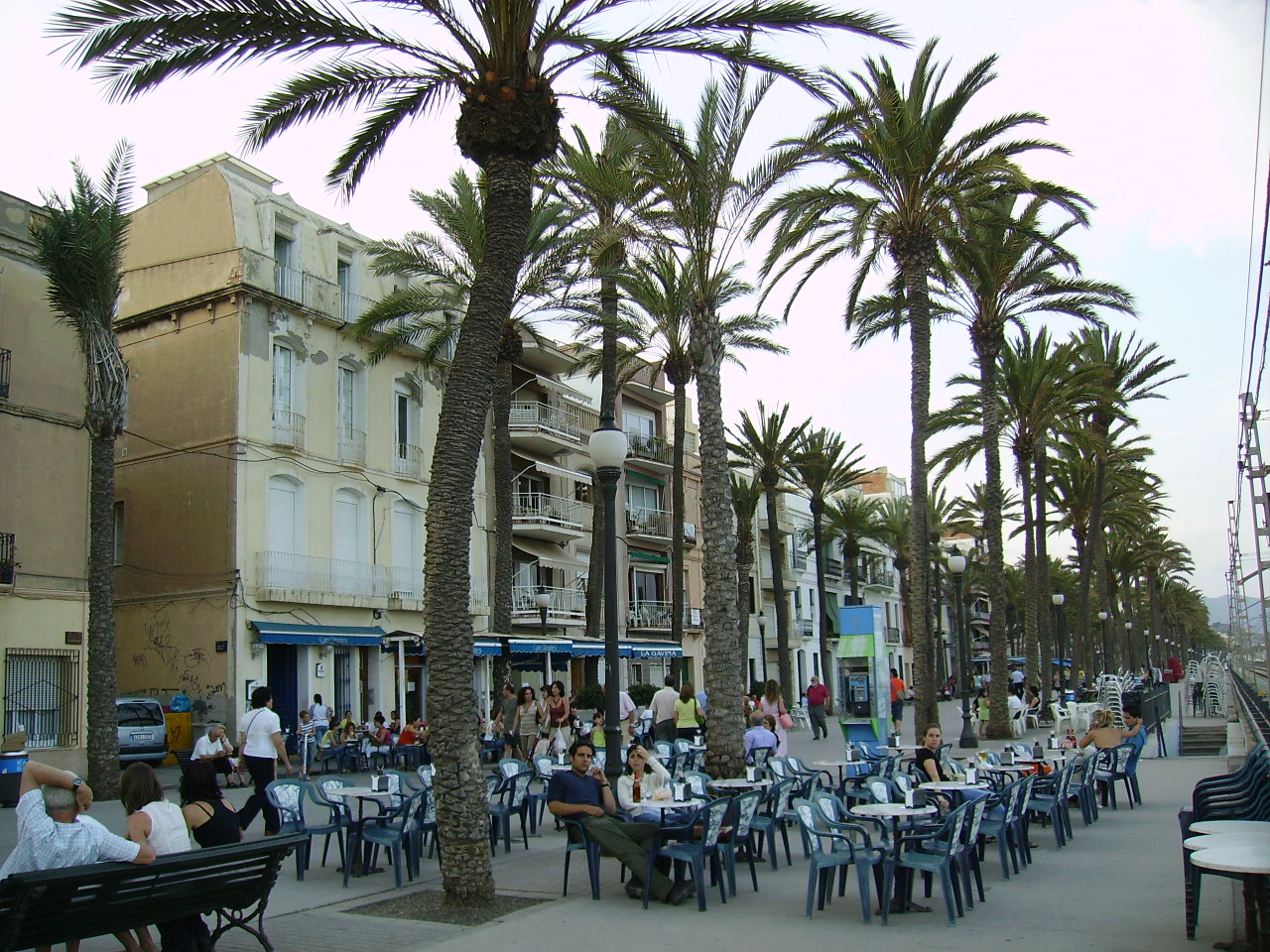
Badalona
Visit the guide

Barcelona
Visit the guide
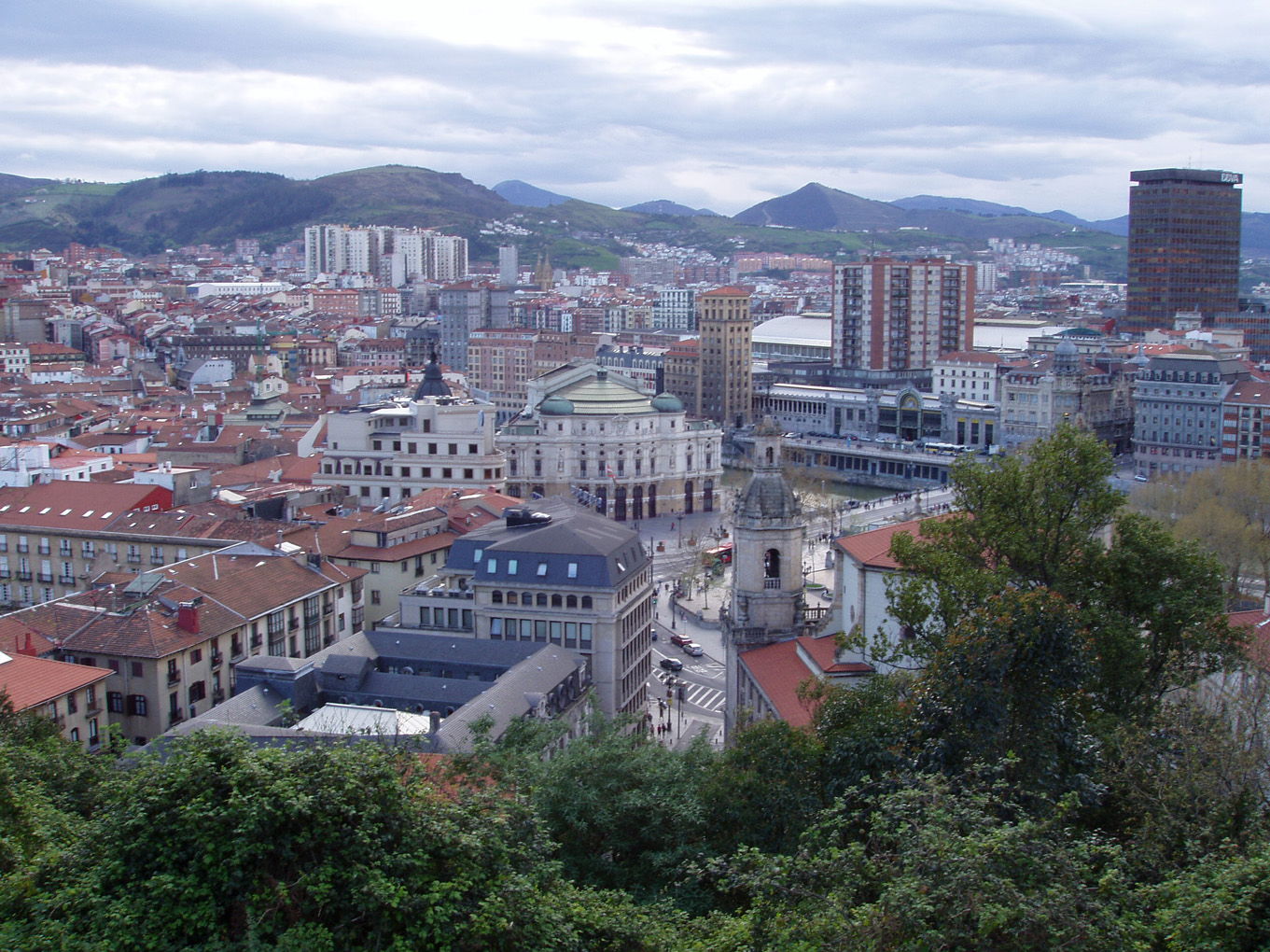
Bilbao
Visit the guide
Cordoba
Visit the guide

Eixample
Visit the guide
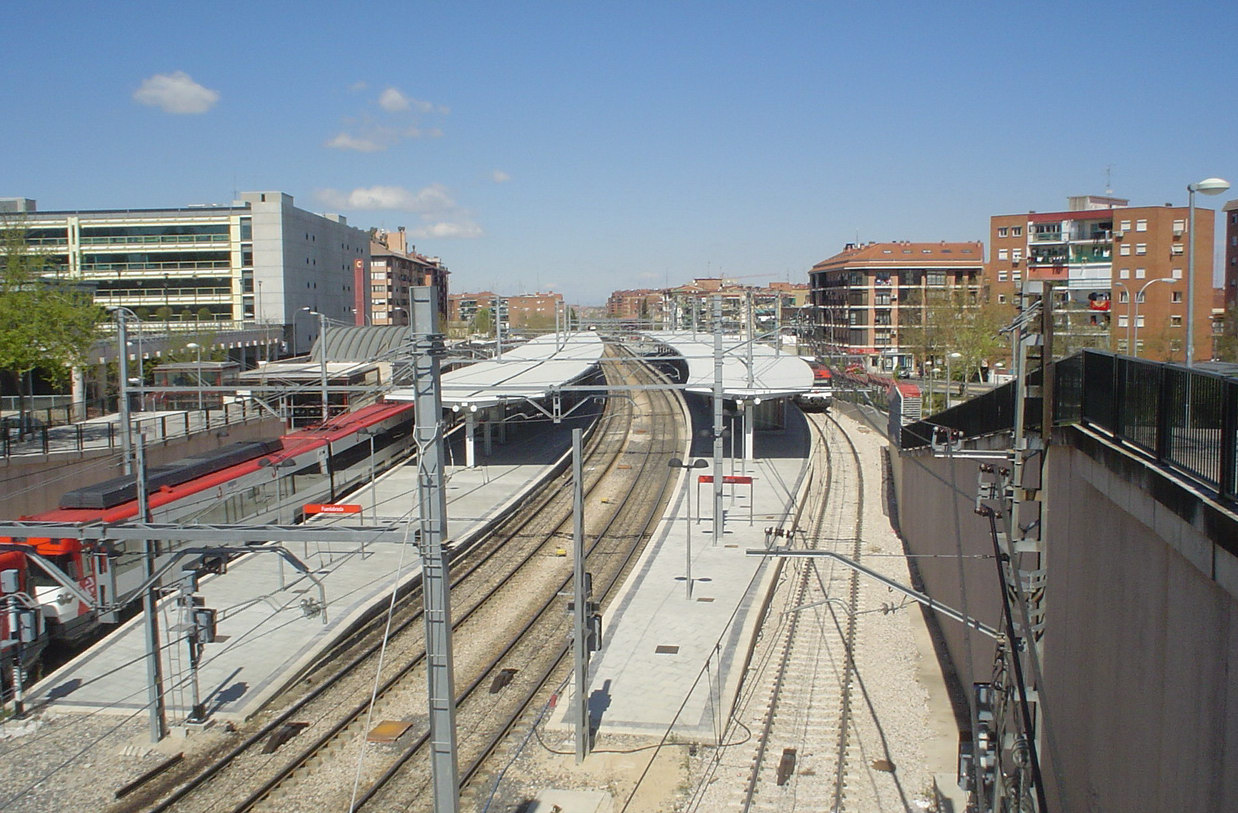
Fuenlabrada
Visit the guide
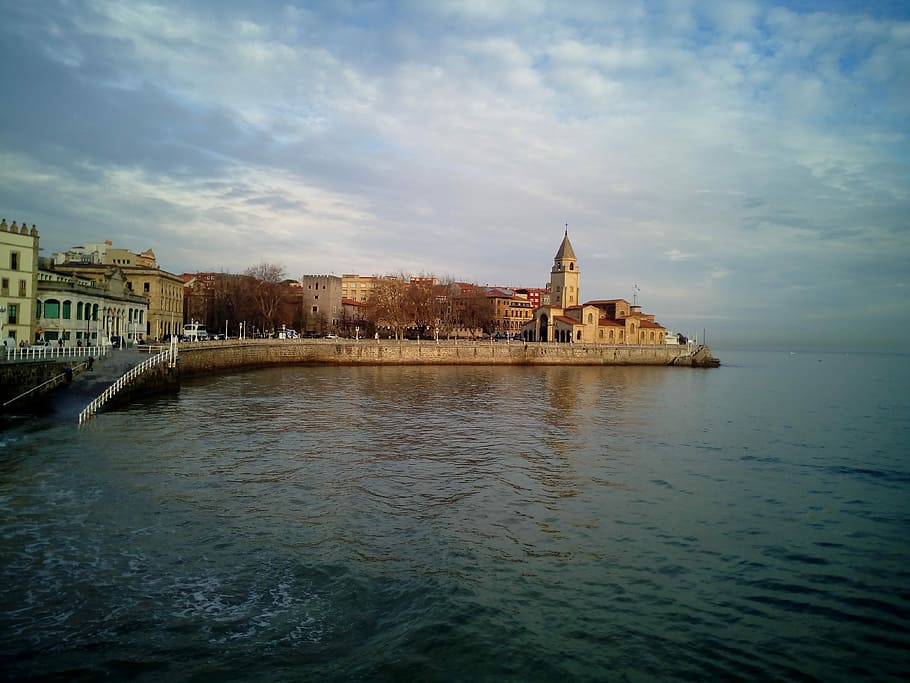
Gijon
Visit the guide

Granada
Visit the guide
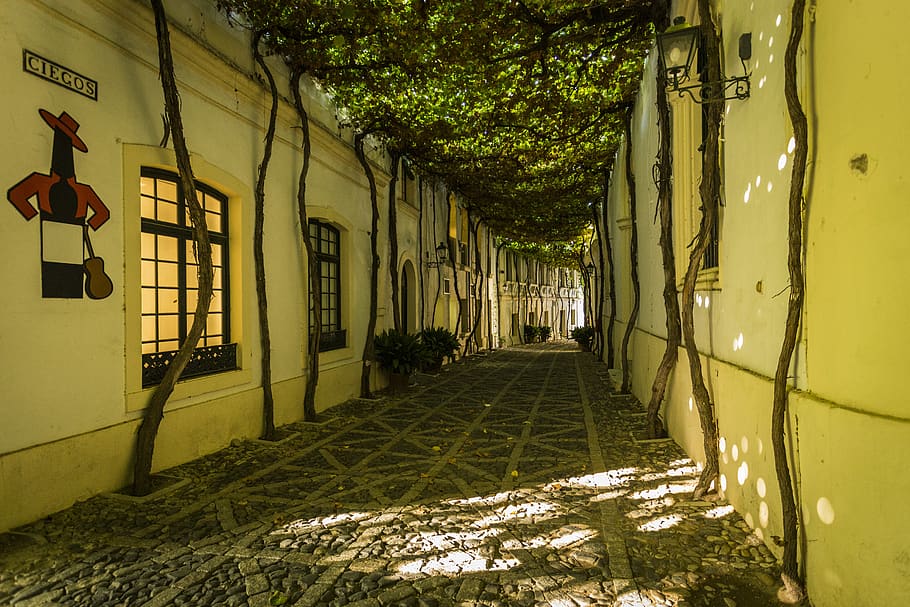
Jerez de la Frontera
Visit the guide

L'Hospitalet de Llobregat
Visit the guide
La Coruna
Visit the guide
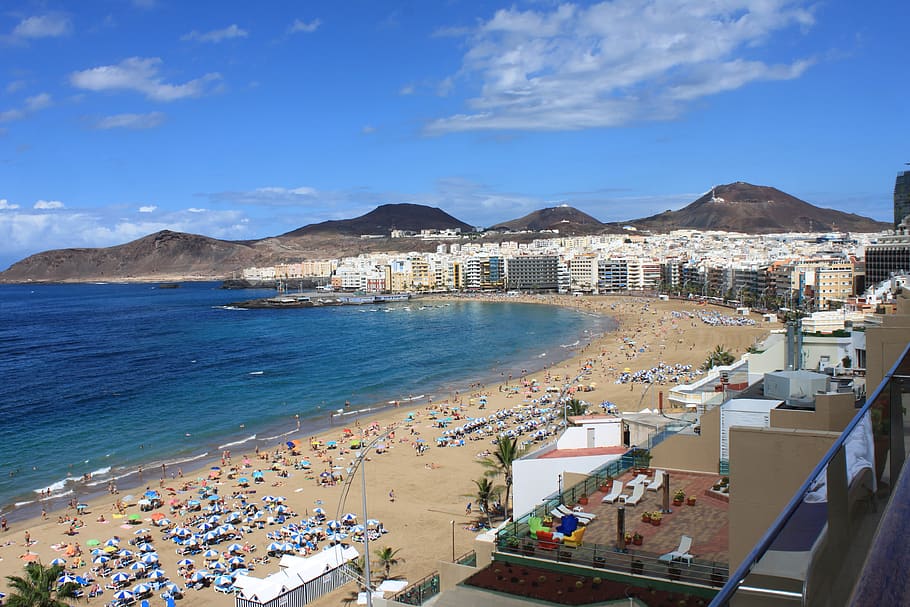
Las Palmas de Gran Canaria
Visit the guide

Leganes
Visit the guide

Madrid
Visit the guide

Malaga
Visit the guide
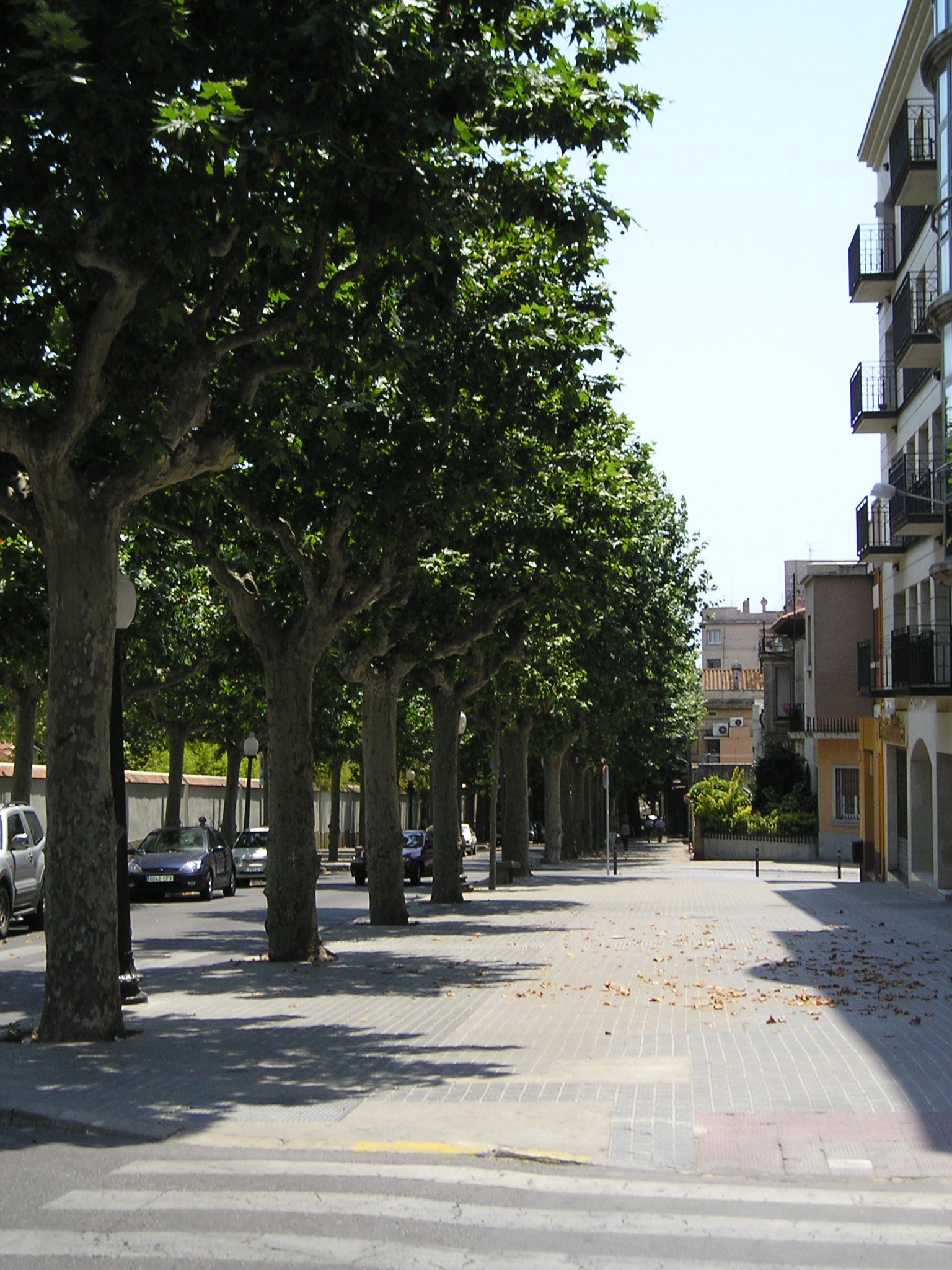
Mataro
Visit the guide

Mostoles
Visit the guide
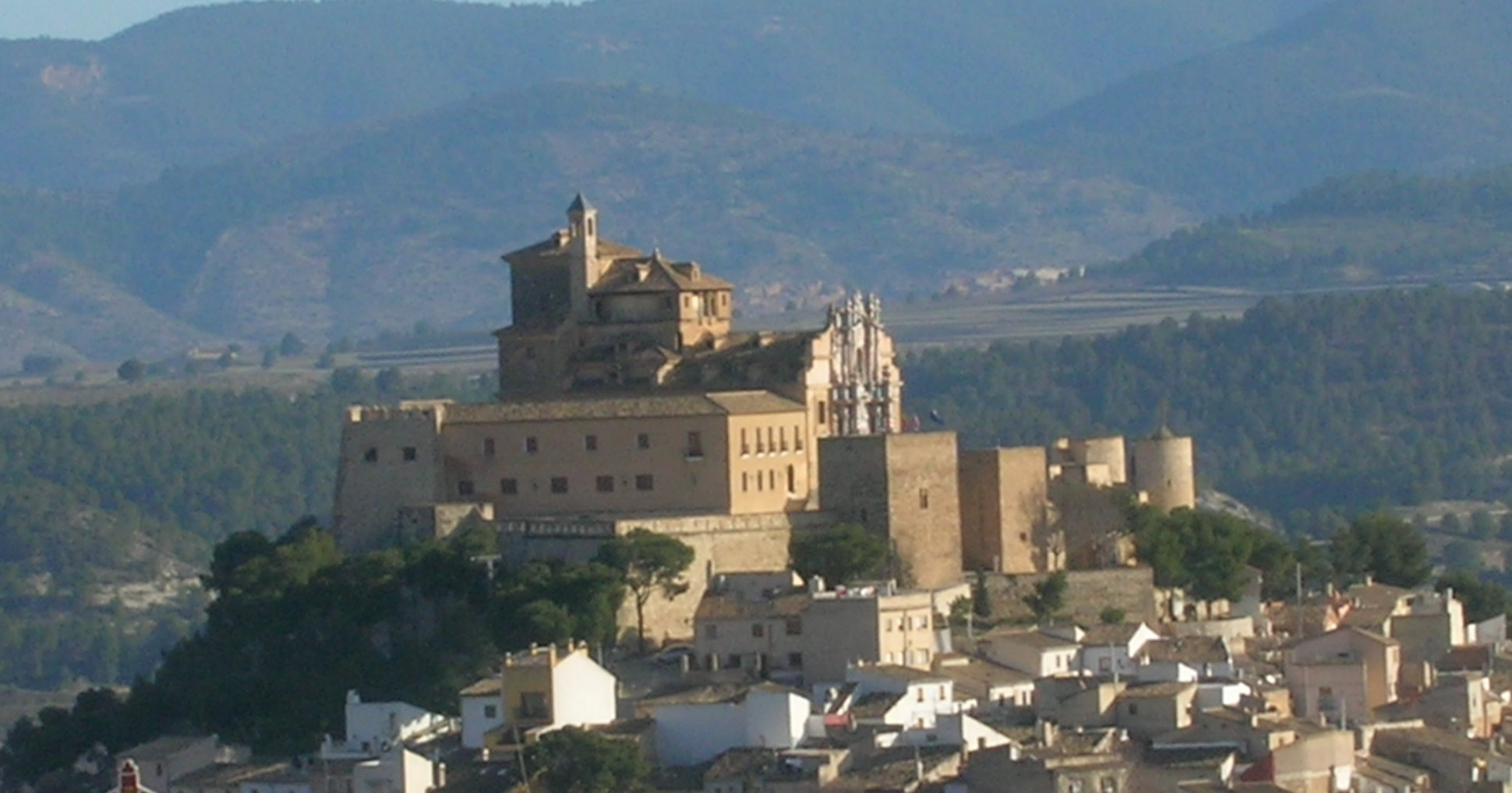
Murcia
Visit the guide
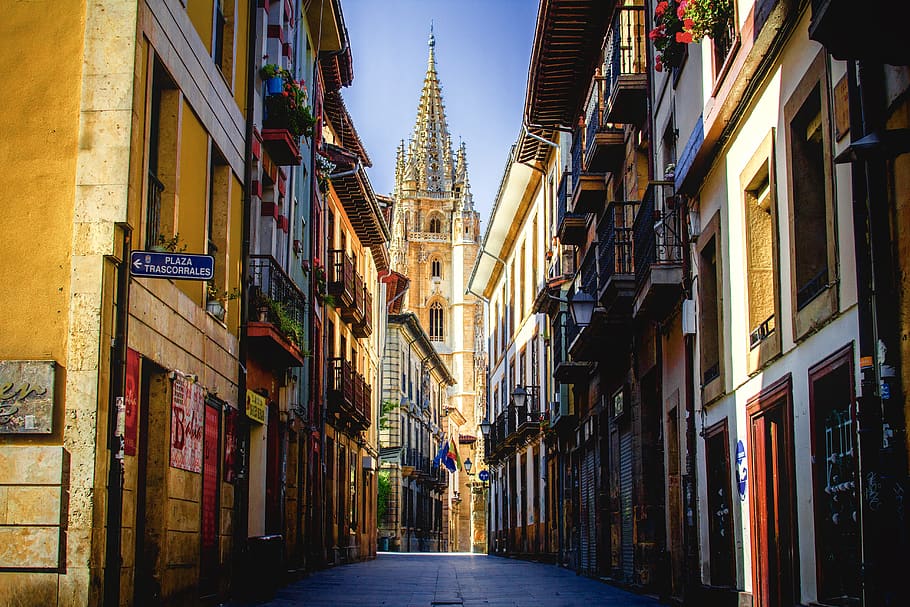
Oviedo
Visit the guide

Palma
Visit the guide
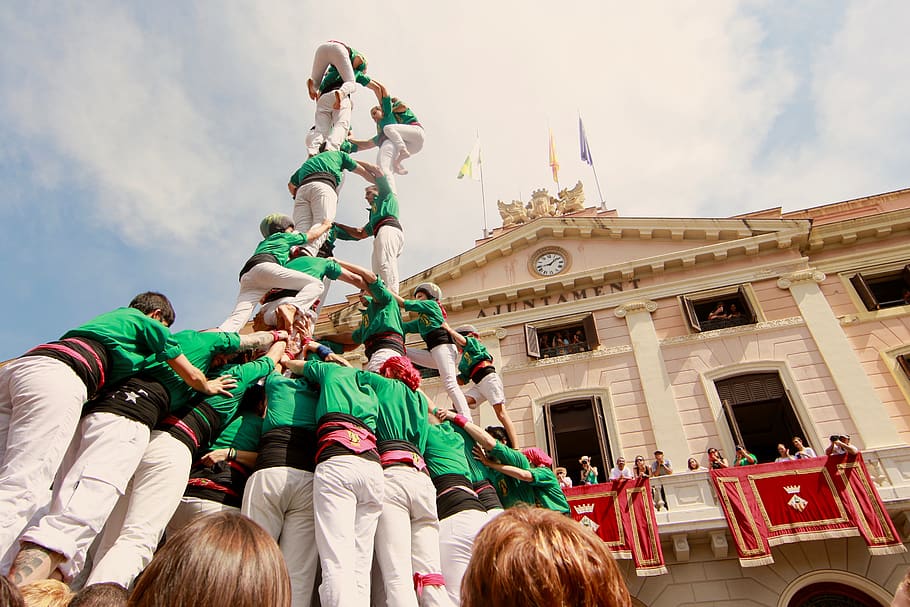
Sabadell
Visit the guide
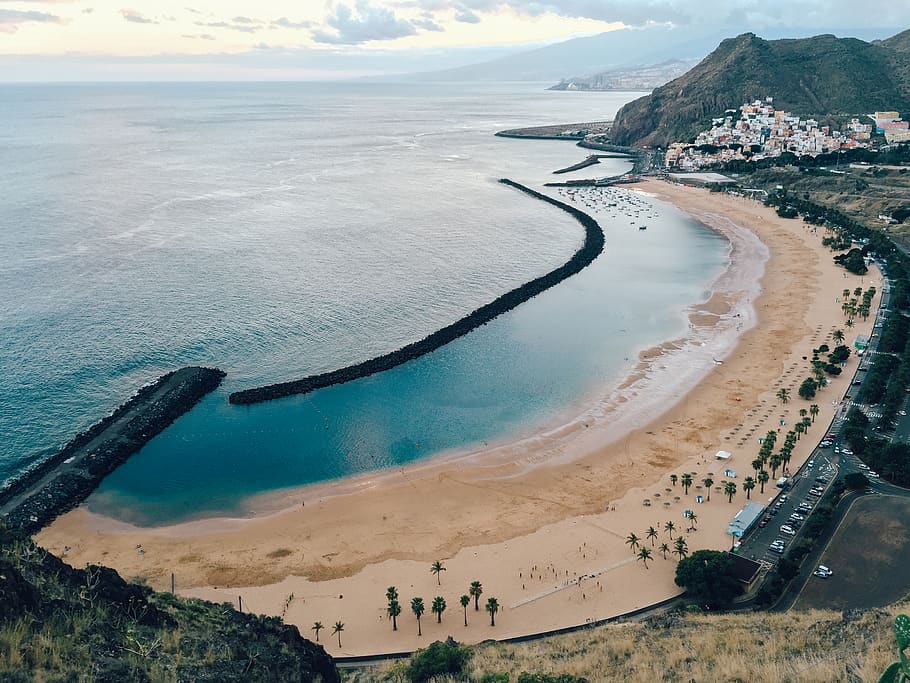
Santa Cruz de Tenerife
Visit the guide

Seville
Visit the guide

Valencia
Visit the guide
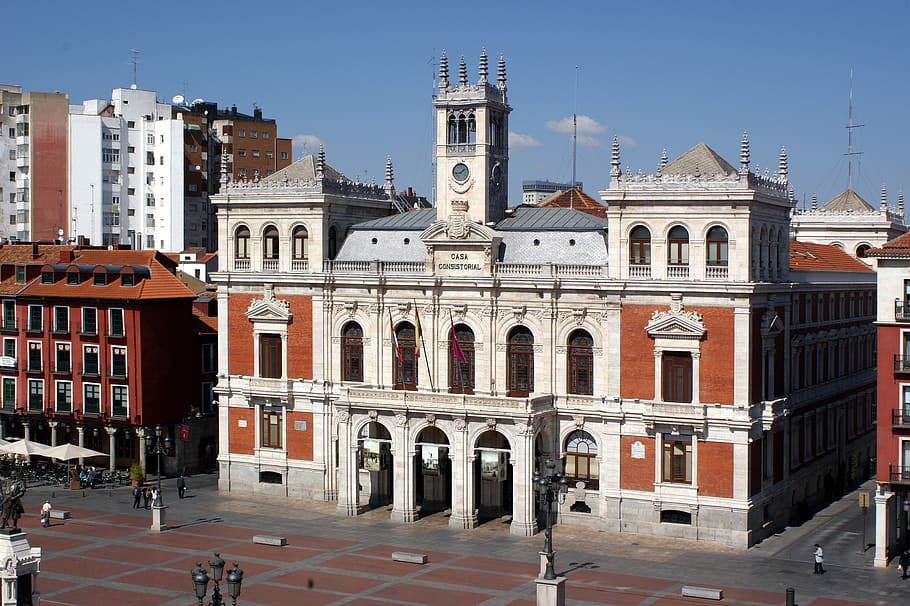
Valladolid
Visit the guide

Vigo
Visit the guide

Vitoria-Gasteiz
Visit the guide
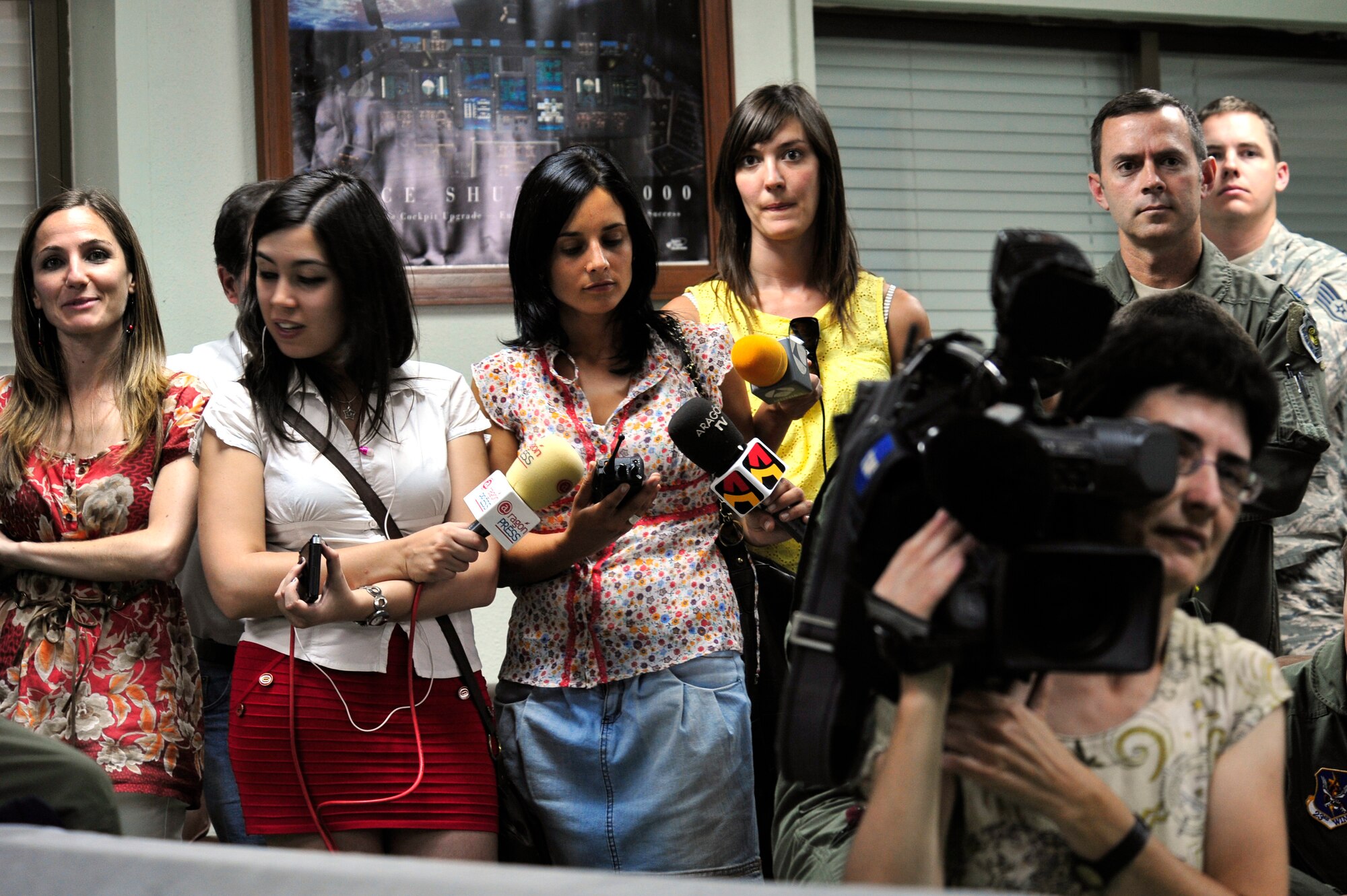
Zaragoza
Visit the guide
festivites
Here are some of the major festivities or holidays in Spain:
1. La Tomatina - This is a festival held on the last Wednesday of August in the town of Buñol, Valencia. It involves throwing tomatoes at each other and is said to have originated from a food fight between locals in the 1940s.
2. Semana Santa - Also known as Holy Week, this is a religious celebration that takes place in many cities throughout Spain in the week leading up to Easter Sunday. It includes processions of floats depicting scenes from the Passion of Christ, as well as other religious events.
3. Feria de Abril - This is a week-long festival held in Seville in April, featuring flamenco dancing, bullfighting, and traditional Spanish food and drink. It originated as a livestock fair but has evolved into a major cultural event.
4. San Fermín - This is a festival held in Pamplona, Navarra, in honor of Saint Fermín, the patron saint of the city. It is perhaps best known for the running of the bulls, which takes place every morning during the festival.
5. La Fiesta de San Juan - This is a celebration held on the night of June 23rd, marking the summer solstice. It involves bonfires, fireworks, and jumping over flames, and is said to have pagan origins.
These are just a few examples of the many unique and vibrant festivals and holidays that can be found throughout Spain, each with its own rich cultural traditions and history.
seasons
Spain has three main tourist seasons:
1. High Season: This season runs from June to August and is the busiest time of year for tourism in Spain. The weather is hot and sunny, and many people flock to the beaches and popular destinations. It's recommended to book accommodations and activities well in advance as they tend to fill up quickly during this period.
2. Shoulder Season: This season falls between April to May and September to October. The weather is still pleasant, and crowds are fewer than in high season. Prices for accommodations and activities may be slightly lower during this period. It's a good time to explore popular destinations without the crowds.
3. Low Season: The low season runs from November to March and is the least busy time for tourism in Spain. The weather is cooler and rainier, but there are still plenty of indoor attractions and activities to enjoy. Accommodations and activities can be significantly cheaper during this period than in high season, making it an excellent option for budget travelers. However, it's important to note that some businesses close during the low season or have reduced hours.
visa
Here are some special VISA rules for visiting Spain based on citizenship:
1. EU citizens do not need a visa to enter Spain, as they enjoy freedom of movement within the Schengen area.
2. Citizens from many other countries, including the United States, Canada, Australia, and Japan, can enter Spain without a visa for stays of up to 90 days within a 180-day period.
3. Citizens of certain countries, including Russia, China, India, and Nigeria, will need to apply for a Schengen visa before visiting Spain.
The cost of a Schengen visa varies depending on the country, but as of May 2023, the average fee is around €80-€120 ($95-$140 USD). It's important to note that additional fees may apply depending on your specific circumstances, such as if you're applying for a visa through a visa center or if you need to provide biometric data.
souvenirs
1. Flamenco dress - Average price: €50-€200+; Where to buy: Sevilla, Granada, Madrid
2. Spanish fan - Average price: €5-€20+; Where to buy: Markets, souvenir shops
3. Jamón ibérico - Average price: €80-€120+ per kilogram; Where to buy: Gourmet food shops, markets
4. Ceramics - Average price: €10-€50+; Where to buy: Valencia, Andalusia, Barcelona
5. Wine - Average price: €5-€50+ per bottle; Where to buy: Wine shops, supermarkets, bodegas (wineries)
6. Olive oil - Average price: €8-€30+ per bottle; Where to buy: Gourmet food shops, markets, olive farms
7. Espadrilles - Average price: €10-€40+; Where to buy: Markets, shoe shops, beach towns
8. Turron - Average price: €5-€20+ per package; Where to buy: Supermarkets, specialty stores, Christmas markets
9. Churros maker - Average price: €10-€25+; Where to buy: Kitchenware stores, markets
10. Saffron - Average price: €5-€10+ per gram; Where to buy: Gourmet food shops, markets.
If you have 1 week
How exciting that you're in Spain! There are so many amazing places to visit and things to do there. Here is a suggested one week itinerary for you:
Day 1: Explore the charming city of Barcelona. Visit the famous landmarks such as Park Guell, La Sagrada Familia and stroll around the Gothic Quarter.
Day 2: Travel to Seville and marvel at the Moorish architecture of Alcazar de Sevilla and admire the beauty of Plaza de España.
Day 3: Take a day trip to Granada and visit the iconic Alhambra palace, which is a UNESCO World Heritage Site.
Day 4: Head to Valencia and explore the futuristic City of Arts and Sciences, a unique architectural complex featuring an opera house, planetarium, interactive museum and more.
Day 5: Enjoy the Mediterranean Sea in Alicante, sunbathe on Postiguet beach or hike to Santa Barbara Castle for stunning views of the coastline.
Day 6: Discover the ancient city of Toledo with its rich history and beautiful architecture. Visit the Cathedral, the Alcázar, and the Synagogue of Santa María la Blanca.
Day 7: End your trip with some relaxation and rejuvenation in Malaga, where you can unwind on the beaches and indulge in the delicious local cuisine.
Each location has something unique to offer, from historic landmarks to breathtaking scenery to modern architecture, and they all provide a glimpse into the diverse culture of Spain. It's important to experience the different regions of Spain to fully appreciate the country's rich history and culture. Safe travels and enjoy your trip!
If you have 2 weeks
Saludos! As a DAN, I'd be delighted to provide you with an itinerary for your upcoming trip. There are undoubtedly a plethora of sites to explore in Spain itself, but let's broaden our horizons and consider some other destinations that are worth visiting.
Firstly, I suggest visiting Iceland, the land of fire and ice, for a unique experience. You can witness the stunning Northern Lights, soak in hot springs, hike on glaciers or visit their famous black sand beaches. Iceland is a photographer's paradise with breathtaking landscapes everywhere you turn. Make sure to try their traditional dishes like lamb soup, fermented shark, and skyr (a type of yogurt).
Secondly, I recommend exploring the vibrant city of Marrakech in Morocco. It's a bustling city that has a fascinating blend of old-world traditions and modern culture. You can wander through the colorful souks (markets), visit historical landmarks like the Bahia Palace and the Koutoubia Mosque, or relax in the tranquil Jardin Majorelle. Don't forget to try their world-famous mint tea, tajine, and couscous.
Lastly, I would suggest traveling to Japan to experience its unique culture and technological advancements. Visit Tokyo, the bustling metropolis, to see the latest technology trends and indulge in some fantastic street food. Kyoto is another must-visit destination with numerous temples and shrines, gardens, and markets. Finish off your trip by visiting Mount Fuji and taste some authentic Japanese cuisine like sushi, ramen, and matcha.
These destinations offer a diverse set of experiences and cultural immersion. While each place is unique on its own, I guarantee you will have an unforgettable time exploring these places. Safe travels!
[🔒CLASSIC] Based on your location in Spain, you may want to consider exploring the country's iconic cities like Madrid, Barcelona, or Seville. You could also visit some of the beautiful beaches in the Costa del Sol or take a road trip to explore some of the charming villages and towns dotted throughout the countryside.
Culture
Spain is a Western country and one of the major Latin countries of Europe, and a cultural superpower. Spanish culture is marked by strong historic ties to the Catholic Church, which played a pivotal role in the country's formation and subsequent identity. Spanish art, architecture, cuisine, and music have been shaped by successive waves of foreign invaders, as well as by the country's Mediterranean climate and geography. The centuries-long colonial era globalised Spanish language and culture, with Spain also absorbing the cultural and commercial products of its diverse empire.
Spain has 47 World Heritage Sites. These include the landscape of Monte Perdido in the Pyrenees, which is shared with France, the Prehistoric Rock Art Sites of the Côa Valley and Siega Verde, which is shared with Portugal, the Heritage of Mercury, shared with Slovenia and the Ancient and Primeval Beech Forests, shared with other countries of Europe. In addition, Spain has also 14 Intangible cultural heritage, or "Human treasures".
Some early examples of vernacular Romance-based literature include short snippets of Mozarabic Romance (such as refrains) sprinkled in Arabic and Hebrew texts. Other examples of early Iberian Romance include the Glosas Emilianenses written in Latin, Basque and Romance. Early Medieval literature in Christian Iberia was written in Latin, which remained as the standard literary language up until the mid-13th century, whereas Ibero-Romance vernaculars and Basque were spoken. A decisive development ensued in the 13th century in Toledo, where Arabic scholarship was translated to the local vernacular, Castilian. In the scope of lyric poetry Castilian co-existed alongside Galician-Portuguese across the Crown of Castile up until the 16th century. The Romance variety preferred in Eastern Iberia for lyrical poetry, Occitan, became increasingly Catalanised in the 14th and 15th centuries. Major literary works from the Middle Ages include the Cantar de Mio Cid, Tirant lo Blanch, The Book of Good Love and Coplas por la muerte de su padre. Genres such as Mester de Juglaría and Mester de Clerecía were cultivated.
Promoted by the monarchs in the late Middle Ages and even codified in the late 15th century, Castilian (thought to be widespread known as 'Spanish' from the 16th century on) progressively became the language of the power elites in the Iberian Peninsula, further underpinning its prestige as the language of a global empire in the early modern period, which ushered in a Golden era of Castilian literature in the 16th and 17th centuries, also in the science domain, eclipsing Galician and Catalan.
Famous Early Modern works include La Celestina and Lazarillo de Tormes. The famous Don Quijote de La Mancha by Miguel de Cervantes was written in this time. Other writers from the period are: Francisco de Quevedo, Lope de Vega, Calderón de la Barca or Tirso de Molina.
During the Enlightenment we find names such as Leandro Fernández de Moratín, Benito Jerónimo Feijóo, Gaspar Melchor de Jovellanos or Leandro Fernández de Moratín.
Baby steps of Spanish Romantic literature (initially a rebellion against French classicism) have been traced back to the last quarter of the 18th century, even if the movement had its heyday between 1835 and 1850, waning thereafter.
In a broader definition encompassing the period from 1868 or 1874 to 1936, the so-called Silver Age of Spanish Culture ensued.
The waning of Romantic literature was followed by the development of Spanish Realism, which offered depictions of contemporary life and society 'as they were', rather than romanticised or stylised presentations. The major realist writer was Benito Pérez Galdós. The second half of the 19th century also saw the resurgence of the literary use of local languages other than Spanish under cultural movements inspired by Romanticism such as the Catalan Renaixença or the Galician Rexurdimento. Rarely used before in a written medium, the true fostering of the literary use of the Basque language had to wait until the 1960s, even if some interest towards the language had developed in the late 19th century.
20th-century authors were classified in loose literary generations such as the Generation of '98, the Generation of '27, Generation of '36 and the Generation of '50.
Premio Planeta de Novela and Miguel de Cervantes Prize are the two main awards nowadays in Spanish literature.
The construct pertaining a distinctive Spanish philosophical thought has been variously approached by academia, either by diachronically tracing its development throughout the centuries from the Roman conquest of Hispania on (with early representatives such as Seneca, Trajan, Lucan, or Martial); by pinpointing its origins to the late 19th century (associated to the Generation of 98); or simply by outright denying its existence. The crux around the existence of a Spanish philosophy pitted the likes of Marcelino Menéndez y Pelayo (chief architect of the myth around it) against Antonio Pérez. Foreign imports such as Krausism proved to be extremely influential in Spain in the 19th and early 20th centuries.
Artists from Spain have been highly influential in the development of various European and American artistic movements. Due to historical, geographical and generational diversity, Spanish art has known a great number of influences. The Mediterranean heritage with Greco-Roman and some Moorish and influences in Spain, especially in Andalusia, is still evident today. European influences include Italy, Germany and France, especially during the Renaissance, Spanish Baroque and Neoclassical periods. There are many other autochthonous styles such as the Pre-Romanesque art and architecture, Herrerian architecture or the Isabelline Gothic.
During the Golden Age painters working in Spain included El Greco, José de Ribera, Bartolomé Esteban Murillo and Francisco Zurbarán. Also in the Baroque period, Diego Velázquez created some of the most famous Spanish portraits, such as Las Meninas and Las Hilanderas.
Francisco Goya painted during a historical period that includes the Spanish Independence War, the fights between liberals and absolutists, and the rise of contemporary nations-states.
Joaquín Sorolla is a well-known modern impressionist painter and there are many important Spanish painters belonging to the modernism art movement, including Pablo Picasso, Salvador Dalí, Juan Gris and Joan Miró.
The Plateresque style extended from beginnings of the 16th century until the last third of the century and its stylistic influence pervaded the works of all great Spanish artists of the time. Alonso Berruguete (Valladolid School) is called the "Prince of Spanish sculpture". His main works were the upper stalls of the choir of the Cathedral of Toledo, the tomb of Cardinal Tavera in the same Cathedral, and the altarpiece of the Visitation in the church of Santa Úrsula in the same locality. Other notable sculptors were Bartolomé Ordóñez, Diego de Siloé, Juan de Juni and Damián Forment.
There were two Schools of special flair and talent: the Seville School, to which Juan Martínez Montañés belonged, whose most celebrated works are the Crucifix in the Cathedral of Seville, another in Vergara, and a Saint John; and the Granada School, to which Alonso Cano belonged, to whom an Immaculate Conception and a Virgin of Rosary, are attributed.
Other notable Andalusian Baroque sculptors were Pedro de Mena, Pedro Roldán and his daughter Luisa Roldán, Juan de Mesa and Pedro Duque Cornejo. In the 20th century the most important Spanish sculptors were Julio González, Pablo Gargallo, Eduardo Chillida, and Pablo Serrano.
After the first projection of a cinematographer in Spain by 1896, cinema developed in the following years, with Barcelona becoming the largest production hub in the country (as well as a major European hub) on the eve of the World War I. The conflict offered the Spanish industry of silent films an opportunity for further growth. Local studios for sound films were created in 1932. The government imposition of dubbing of foreign films in 1941 accustomed Spanish audiences to watching dubbed films.
Spanish cinema has achieved major international success including Oscars for recent films such as Pan's Labyrinth and Volver.
Distinct exploitation genres that flourished in the second half of the 20th century include the Fantaterror, the cine quinqui and the so-called Cine de destape films.
As of 2021, the festivals of San Sebastián and Málaga are ranked among the top cultural initiatives in the country.
Earth and gypsum are very common materials of the traditional vernacular architecture in Spain (particularly in the East of the country, where most of the deposits of gypsum are located). Due to its historical and geographical diversity, Spanish architecture has drawn from a host of influences. Fine examples of Islamicate architecture, belonging to the Western Islamic tradition, were built in the Middle Ages in places such as Córdoba, Seville, or Granada. Similarly to the Maghreb, stucco decoration in Al-Andalus became an architectural stylemark in the high Middle Ages.
Simultaneously, the Christian kingdoms also developed their own styles; developing a pre-Romanesque style when for a while isolated from contemporary mainstream European architectural influences during the earlier Middle Ages, they later integrated the Romanesque and Gothic streams. There was then an extraordinary flourishing of the Gothic style that resulted in numerous instances being built throughout the entire territory. The so-called Mudéjar style came to designate works by Muslims, Christians and Jews in lands conquered from Muslims.
The arrival of Modernism in the academic arena produced much of the architecture of the 20th century. An influential style centred in Barcelona, known as modernisme, produced a number of important architects, of which Gaudí is one. The International style was led by groups like GATEPAC. Spain is currently experiencing a revolution in contemporary architecture and Spanish architects like Rafael Moneo, Santiago Calatrava, Ricardo Bofill as well as many others have gained worldwide renown.
Spanish music is often considered abroad to be synonymous with flamenco, a West Andalusian musical genre, which, contrary to popular belief, is not widespread outside that region. Various regional styles of folk music abound in Aragon, Catalonia, Valencia, Castile, the Basque Country, Galicia, Cantabria and Asturias. Pop, rock, hip hop and heavy metal are also popular.
In the field of classical music, Spain has produced a number of noted composers such as Isaac Albéniz, Manuel de Falla and Enrique Granados and singers and performers such as Plácido Domingo, José Carreras, Montserrat Caballé, Alicia de Larrocha, Alfredo Kraus, Pablo Casals, Ricardo Viñes, José Iturbi, Pablo de Sarasate, Jordi Savall and Teresa Berganza. In Spain there are over forty professional orchestras, including the Orquestra Simfònica de Barcelona, Orquesta Nacional de España and the Orquesta Sinfónica de Madrid. Major opera houses include the Teatro Real, the Gran Teatre del Liceu, Teatro Arriaga and the El Palau de les Arts Reina Sofía.
Thousands of music fans also travel to Spain each year for internationally recognised summer music festivals Sónar which often features the top up and coming pop and techno acts, and Benicàssim which tends to feature alternative rock and dance acts. Both festivals mark Spain as an international music presence and reflect the tastes of young people in the country. Vitoria-Gasteiz jazz festival is one of the main ones in its genre.
The most popular traditional musical instrument, the guitar, originated in Spain. Typical of the north are the traditional bag pipers or gaiteros, mainly in Asturias and Galicia.
Spanish cuisine consists of a great variety of dishes which stem from differences in geography, culture and climate. It is heavily influenced by seafood available from the waters that surround the country, and reflects the country's deep Mediterranean roots. Spain's extensive history with many cultural influences has led to a unique cuisine. In particular, three main divisions are easily identified:
Mediterranean Spain – all such coastal regions, from Catalonia to Andalusia – heavy use of seafood, such as pescaíto frito (fried fish); several cold soups like gazpacho; and many rice-based dishes like paella from Valencia and arròs negre (black rice) from Catalonia.
Inner Spain – Castile – hot, thick soups such as the bread and garlic-based Castilian soup, along with substantial stews such as cocido madrileño. Food is traditionally conserved by salting, such as Spanish ham, or immersed in olive oil, such as Manchego cheese.
Atlantic Spain – the whole Northern coast, including Asturian, Basque, Cantabrian and Galician cuisine – vegetable and fish-based stews like caldo gallego and marmitako. Also, the lightly cured lacón ham. The best known cuisine of the northern countries often rely on ocean seafood, as in the Basque-style cod, albacore or anchovy or the Galician octopus-based polbo á feira and shellfish dishes.
While varieties of football have been played in Spain as far back as Roman times, sport in Spain has been dominated by football since the early 20th century. Real Madrid CF and FC Barcelona are two of the most successful football clubs in the world. The country's national football team won the UEFA European Championship in 1964, 2008 and 2012 and the FIFA World Cup in 2010, and is the first team ever to win three back-to-back major international tournaments.
Basketball, tennis, cycling, handball, futsal, motorcycling and, lately, Formula One also can boast of Spanish champions. Today, Spain is a major world sports powerhouse, especially since the 1992 Summer Olympics and Paralympics that were hosted in Barcelona, which stimulated a great deal of interest in sports in the country. The tourism industry has led to an improvement in sports infrastructure, especially for water sports, golf and skiing. In their respective regions, the traditional games of Basque pelota and Valencian pilota both are popular.
Public holidays celebrated in Spain include a mix of religious (Roman Catholic), national and local observances. Each municipality is allowed to declare a maximum of 14 public holidays per year; up to nine of these are chosen by the national government and at least two are chosen locally. Spain's National Day (Fiesta Nacional de España) is celebrated on 12 October, the anniversary of the Discovery of America and commemorate Our Lady of the Pillar feast, patroness of Aragon and throughout Spain.
There are many festivals and festivities in Spain. Some of them are known worldwide, and millions of tourists from all over the world go to Spain annually to experience one of these festivals. One of the most famous is San Fermín, in Pamplona. While its most famous event is the encierro, or the running of the bulls, which happens at 8:00 am from 7 to 14 July, the seven days-long celebration involves many other traditional and folkloric events. The events were central to the plot of The Sun Also Rises, by Ernest Hemingway, which brought it to the general attention of English-speaking people. As the result, it has become one of the most internationally renowned fiestas in Spain, with over 1,000,000 people attending every year.
Other festivals include: La Tomatina tomato festival in Buñol, Valencia, the carnivals in the Canary Islands, the Falles in Valencia or the Holy Week in Andalusia and Castile and León.
Religion
Roman Catholicism, which has a long history in Spain, remains the dominant religion. Although it no longer has official status by law, in all public schools in Spain students have to choose either a religion or ethics class. Catholicism is the religion most commonly taught, although the teaching of Islam, Judaism, and evangelical Christianity is also recognised in law. According to a 2020 study by the Spanish Centre for Sociological Research, about 61% of Spaniards self-identify as Catholics, 3% other faiths, and about 35% identify with no religion. Most Spaniards do not participate regularly in religious services. A 2019 study shows that of the Spaniards who identify themselves as religious, 62% hardly ever or never go to church, 16% go to church some times a year, 7% some time per month and 13% every Sunday or multiple times per week. Recent polls and surveys suggest that around 30% of the Spanish population is irreligious.
The Spanish constitution enshrines secularism in governance, as well as freedom of religion or belief for all, saying that no religion should have a "state character," while allowing for the state to "cooperate" with religious groups.
There have been four Spanish Popes. Damasus I, Calixtus III, Alexander VI and Benedict XIII. Spanish mysticism provided an important intellectual resource against Protestantism with Carmelites like Teresa of Ávila, a reformist nun and John of the Cross, a priest, taking the lead in their reform movement. Later, they became Doctors of the Church. The Society of Jesus was co-founded by Ignatius of Loyola, whose Spiritual Exercises and movement led to the establishment of hundreds of colleges and universities in the world, including 28 in the United States alone. The Society's co-founder, Francis Xavier, was a missionary who reached India and later Japan. In the 1960s, Jesuits Pedro Arrupe and Ignacio Ellacuría supported the movement of Liberation Theology.
Protestant churches have about 1,200,000 members. There are about 105,000 Jehovah's Witnesses. The Church of Jesus Christ of Latter-day Saints has approximately 46,000 adherents in 133 congregations in all regions of the country and has a temple in the Moratalaz District of Madrid.
A study made by the Union of Islamic Communities of Spain demonstrated that there were more than 2,100,000 inhabitants of Muslim background living in Spain, accounting for 4–5% of the total population of Spain. The vast majority was composed of immigrants and descendants originating from the Maghreb (especially Morocco) and other African countries. More than 879,000 (42%) of them had Spanish nationality.
The recent waves of immigration have also led to an increasing number of Muslims, Buddhists, Sikhs and Hindus. After the Reconquista in 1492, Muslims did not live in Spain for centuries. Their ranks have since been bolstered by recent immigration, especially from Morocco and Algeria.
Judaism was practically non-existent in Spain from the 1492 expulsion until the 19th century, when Jews were again permitted to enter the country. Currently there are around 62,000 Jews in Spain, or 0.14% of the total population. Most are arrivals in the past century, while some are descendants of earlier Spanish Jews. Approximately 80,000 Jews are thought to have lived in Spain prior to its expulsion. However the Jewish Encyclopedia states the number over 800,000 to be too large and 235,000 as too small: 165,000 is given as expelled as possibly too small in favour of 200,000, and the numbers of converts after the 1391 pogroms as less. Other sources suggest 200,000 converts mostly after the pogroms of 1391 and upwards of 100,000 expelled. Descendants of these Sephardic Jews expelled in 1492 are given Spanish nationality if they request it.
Demographics
In 2019, the population of Spain officially reached 47 million people, as recorded by the Padrón municipal (Spain's Municipal Register). Spain's population density, at 91/km2 (235/sq mi), is lower than that of most Western European countries and its distribution across the country is very unequal. With the exception of the region surrounding the capital, Madrid, the most populated areas lie around the coast. The population of Spain has risen 2 1/2 times since 1900, when it stood at 18.6 million, principally due to the spectacular demographic boom in the 1960s and early 1970s.
In 2017, the average total fertility rate (TFR) across Spain was 1.33 children born per woman, one of the lowest in the world, below the replacement rate of 2.1, it remains considerably below the high of 5.11 children born per woman in 1865. Spain subsequently has one of the oldest populations in the world, with the average age of 43.1 years.
Native Spaniards make up 88% of the total population of Spain. After the birth rate plunged in the 1980s and Spain's population growth rate dropped, the population again trended upward initially upon the return of many Spaniards who had emigrated to other European countries during the 1970s, and more recently, fuelled by large numbers of immigrants who make up 12% of the population. The immigrants originate mainly in Latin America (39%), North Africa (16%), Eastern Europe (15%), and Sub-Saharan Africa (4%).
In 2008, Spain granted citizenship to 84,170 persons, mostly to people from Ecuador, Colombia and Morocco. Many foreign residents in Spain also come from other Western and Central European countries. These are mostly British, French, German, Dutch, and Norwegian. They reside primarily on the Mediterranean coast and the Balearic islands, where many are retired or remote workers.
* Metropolitan areas
Source: "Áreas urbanas +50", Ministry of Public Works and Transport (2013)
The Spanish Constitution of 1978, in its second article, generically recognises contemporary entities—nationalities and regions— within the context of the Spanish nation.
Spain has been described as a de facto plurinational state. The identity of Spain rather accrues of an overlap of different territorial and ethnolinguistic identities than of a sole Spanish identity. In some cases some of the territorial identities may conflict with the dominant Spanish culture. Distinct traditional identities within Spain include the Basques, Catalans, Galicians, Andalusians and Valencians, although to some extent all of the 17 autonomous communities may claim a distinct local identity.
It is this last feature of "shared identity" between the more local level or autonomous community and the Spanish level which makes the identity question in Spain complex and far from univocal.
Spain has a number of descendants of populations from former colonies, especially Latin America and North Africa. Smaller numbers of immigrants from several Sub-Saharan countries have recently been settling in Spain. There are also sizeable numbers of Asian immigrants, most of whom are of Middle Eastern, South Asian and Chinese origin. The single largest group of immigrants are European; represented by large numbers of Romanians, Britons, Germans, French and others.
The arrival of the gitanos (Spanish for "gypsies"), a Romani people, began in the 16th century; estimates of the Spanish Roma population range from 750,000 to over one million. There are also the mercheros (also called quinquis), a formerly nomadic minority group. Their origin is unclear.
Historically, Sephardic Jews and Moriscos are the main minority groups originating in Spain and with a contribution to Spanish culture. The Spanish government is offering Spanish nationality to Sephardic Jews.
According to the official Spanish statistics (INE) there were 5.4 million foreign residents in Spain in 2020 (11.4%) while all citizens born outside of Spain were 7.2 million in 2020, 15.23% of the total population.
According to residence permit data for 2011, more than 860,000 were Romanian, about 770,000 were Moroccan, approximately 390,000 were British, and 360,000 were Ecuadorian. Other sizeable foreign communities are Colombian, Bolivian, German, Italian, Bulgarian, and Chinese. There are more than 200,000 migrants from Sub-Saharan Africa living in Spain, principally Senegaleses and Nigerians. Since 2000, Spain has experienced high population growth as a result of immigration flows, despite a birth rate that is only half the replacement level. This sudden and ongoing inflow of immigrants, particularly those arriving illegally by sea, has caused noticeable social tension.
Within the EU, Spain had the 2nd highest immigration rate in percentage terms after Cyprus, but by a great margin, the highest in absolute numbers, up to 2008. The number of immigrants in Spain had grown up from 500,000 people in 1996 to 5.2 million in 2008 out of a total population of 46 million. In 2005 alone, a regularisation programme increased the legal immigrant population by 700,000 people. There are a number of reasons for the high level of immigration, including Spain's cultural ties with Latin America, its geographical position, the porosity of its borders, the large size of its underground economy and the strength of the agricultural and construction sectors, which demand more low cost labour than can be offered by the national workforce.
Another statistically significant factor is the large number of residents of EU origin typically retiring to Spain's Mediterranean coast. In fact, Spain was Europe's largest absorber of migrants from 2002 to 2007, with its immigrant population more than doubling as 2.5 million people arrived. In 2008, prior to the onset of the economic crisis, the Financial Times reported that Spain was the most favoured destination for Western Europeans considering a move from their own country and seeking jobs elsewhere in the EU.
In 2008, the government instituted a "Plan of Voluntary Return" which encouraged unemployed immigrants from outside the EU to return to their home countries and receive several incentives, including the right to keep their unemployment benefits and transfer whatever they contributed to the Spanish Social Security. The programme had little effect; during its first two months, just 1,400 immigrants took up the offer. What the programme failed to do, the sharp and prolonged economic crisis has done from 2010 to 2011 in that tens of thousands of immigrants have left the country due to lack of jobs. In 2011 alone, more than half a million people left Spain. For the first time in decades the net migration rate was expected to be negative, and nine out of 10 emigrants were foreigners.
Spain is a multilingual state. Spanish—featured in the 1978 Spanish Constitution as castellano ('Castilian')—has effectively been the official language of the entire country since 1931. As allowed in the third article of the Constitution, the other 'Spanish languages' can also become official in their respective autonomous communities. The territoriality created by the form of co-officiality codified in the 1978 Constitution creates an asymmetry, in which Spanish speakers' rights apply to the entire territory whereas vis-à-vis the rest of co-official languages, their speakers' rights only apply in their territories.
Besides Spanish, other territorialized languages include Aragonese, Aranese, Astur-Leonese, Basque, Ceutan Arabic (Darija), Catalan, Galician, Portuguese and Tamazight, to which the Romani Caló and the sign languages may add up. The number of speakers varies widely and their legal recognition is uneven, with some of the most vulnerable languages lacking any sort of effective protection. Those enjoying recognition as official language in some autonomous communities include Catalan (in Catalonia, the Balearic Islands and the Valencian Community, where it is referred to as 'Valencian'); Galician (in Galicia); Basque (in the Basque Country and part of Navarre); and Aranese in Catalonia.
Spanish is natively spoken by 74%, Catalan by 17%, Galician by 7% and Basque by 2% of the Spanish population.
Some of the most spoken foreign languages used by the immigrant communities include Moroccan Arabic, Romanian and English.
State education in Spain is free and compulsory from the age of six to sixteen. The current education system is regulated by the 2006 educational law, LOE (Ley Orgánica de Educación), or Fundamental Law for the Education. In 2014, the LOE was partially modified by the newer and controversial LOMCE law (Ley Orgánica para la Mejora de la Calidad Educativa), or Fundamental Law for the Improvement of the Education System, commonly called Ley Wert (Wert Law). Since 1970 to 2014, Spain has had seven different educational laws (LGE, LOECE, LODE, LOGSE, LOPEG, LOE and LOMCE).
The levels of education are preschool education, primary education, secondary education and post-16 education. In regards to the professional development education or the vocational education, there are three levels besides the university degrees: the Formación Profesional Básica (basic vocational education); the Ciclo Formativo de Grado Medio or CFGM (medium level vocation education) which can be studied after studying the secondary education, and the Ciclo Formativo de Grado Superior or CFGS (higher level vocational education), which can be studied after studying the post-16 education level.
The Programme for International Student Assessment coordinated by the OECD currently ranks the overall knowledge and skills of Spanish 15-year-olds as significantly below the OECD average of 493 in reading literacy, mathematics, and science.
The health care system of Spain (Spanish National Health System) is considered one of the best in the world, in 7th position in the ranking elaborated by the World Health Organization. The health care is public, universal and free for any legal citizen of Spain. The total health spending is 9.4% of the GDP, slightly above the average of 9.3% of the OECD.
Roman Catholicism, which has a long history in Spain, remains the dominant religion. Although it no longer has official status by law, in all public schools in Spain students have to choose either a religion or ethics class. Catholicism is the religion most commonly taught, although the teaching of Islam, Judaism, and evangelical Christianity is also recognised in law. According to a 2020 study by the Spanish Centre for Sociological Research, about 61% of Spaniards self-identify as Catholics, 3% other faiths, and about 35% identify with no religion. Most Spaniards do not participate regularly in religious services. A 2019 study shows that of the Spaniards who identify themselves as religious, 62% hardly ever or never go to church, 16% go to church some times a year, 7% some time per month and 13% every Sunday or multiple times per week. Recent polls and surveys suggest that around 30% of the Spanish population is irreligious.
The Spanish constitution enshrines secularism in governance, as well as freedom of religion or belief for all, saying that no religion should have a "state character," while allowing for the state to "cooperate" with religious groups.
There have been four Spanish Popes. Damasus I, Calixtus III, Alexander VI and Benedict XIII. Spanish mysticism provided an important intellectual resource against Protestantism with Carmelites like Teresa of Ávila, a reformist nun and John of the Cross, a priest, taking the lead in their reform movement. Later, they became Doctors of the Church. The Society of Jesus was co-founded by Ignatius of Loyola, whose Spiritual Exercises and movement led to the establishment of hundreds of colleges and universities in the world, including 28 in the United States alone. The Society's co-founder, Francis Xavier, was a missionary who reached India and later Japan. In the 1960s, Jesuits Pedro Arrupe and Ignacio Ellacuría supported the movement of Liberation Theology.
Protestant churches have about 1,200,000 members. There are about 105,000 Jehovah's Witnesses. The Church of Jesus Christ of Latter-day Saints has approximately 46,000 adherents in 133 congregations in all regions of the country and has a temple in the Moratalaz District of Madrid.
A study made by the Union of Islamic Communities of Spain demonstrated that there were more than 2,100,000 inhabitants of Muslim background living in Spain, accounting for 4–5% of the total population of Spain. The vast majority was composed of immigrants and descendants originating from the Maghreb (especially Morocco) and other African countries. More than 879,000 (42%) of them had Spanish nationality.
The recent waves of immigration have also led to an increasing number of Muslims, Buddhists, Sikhs and Hindus. After the Reconquista in 1492, Muslims did not live in Spain for centuries. Their ranks have since been bolstered by recent immigration, especially from Morocco and Algeria.
Judaism was practically non-existent in Spain from the 1492 expulsion until the 19th century, when Jews were again permitted to enter the country. Currently there are around 62,000 Jews in Spain, or 0.14% of the total population. Most are arrivals in the past century, while some are descendants of earlier Spanish Jews. Approximately 80,000 Jews are thought to have lived in Spain prior to its expulsion. However the Jewish Encyclopedia states the number over 800,000 to be too large and 235,000 as too small: 165,000 is given as expelled as possibly too small in favour of 200,000, and the numbers of converts after the 1391 pogroms as less. Other sources suggest 200,000 converts mostly after the pogroms of 1391 and upwards of 100,000 expelled. Descendants of these Sephardic Jews expelled in 1492 are given Spanish nationality if they request it.
Cities:

